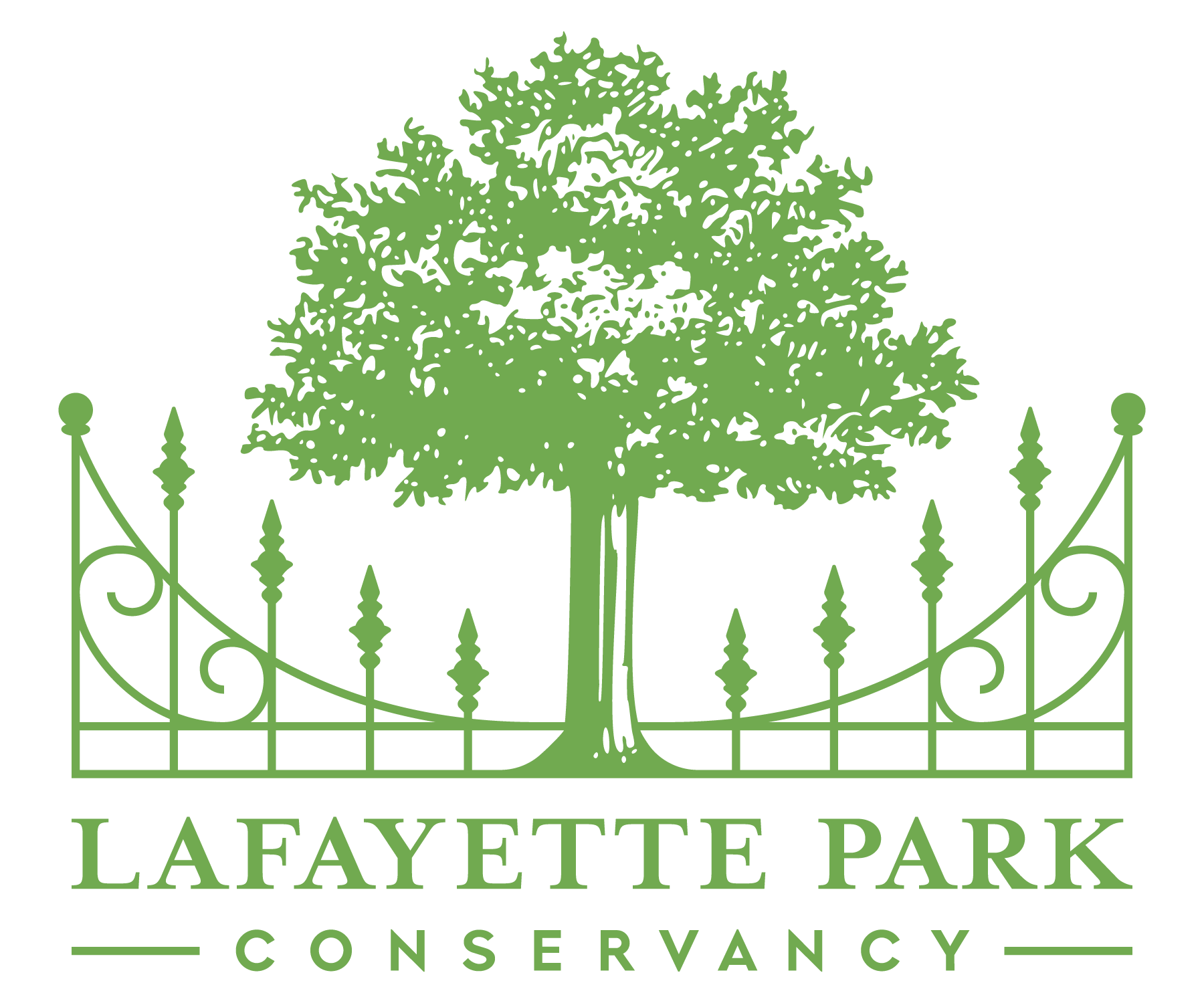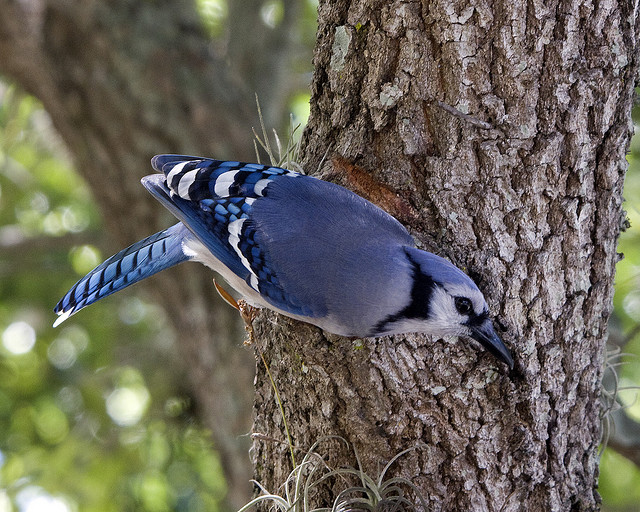BY KIERAN LINDSEY, PhD
JAY! JAY! JAY!
Uh oh… I’ve been spotted! The Blue Jays (Cyanocitta cristata) on guard have ratted me out.
Halt! Who goes there? Thought you could just slip past, did you? Not on my watch. Hey everybody—look! Look! Over there!”
Now every non-human ear in the neighborhood knows I’m here. It feels a bit like being caught at an awkward moment by the paparazzi.
But I don’t take it personally. I know everyone who wanders past is subject to the same protocol—people, cats and dogs, hawks, snakes, you name it. Blue Jays take sentry duty seriously. Any real or imagined threat to the park citizenry is duly noted and announced.
Blue Jays are part of a large family. Their Corvidae cousins include gray jays, nutcrackers, crows, ravens, and magpies, as well as some species we’re not that familiar with in North America–choughs, treepies, and jackdaws. In the Americas alone there are over 30 different species christened with some variation of the “jay” brand. The five scrub jays (Aphelocoma spp.) and the pinyon jay (Gymnorhinus cyanocephalus) closely favor one another, but two members of the North American branch have made striking and unique sartorial choices. Once you’ve seen a Steller’s jay (Cyanocitta stelleri) or a Blue Jay you’ll never mistake them for any other bird.

Of course, none of those feathers are actually blue. It’s just a trick of the light called a schemochrome. If you find a Blue Jay feather you can watch the color disappear and reappear as you roll the shaft between your fingers, changing its position relative to the sun. These forest defenders are high-tech.
When they’re not spying on everyone, Blue Jays pitch in to give the next generation of trees a head start. Okay, that’s probably an accidental community service, but still… Jays bury acorns and then fail to use them all at snack time. The seeds germinate and—poof!—you’ve got a new oak tree. If society benefits from your actions, intentional or not, shouldn’t you get some credit?
 Despite their public service efforts, Blue Jays have a reputation as bad birds. Maybe it’s that black mask. More likely, it’s the abuse of power so often attributed to their ranks. Eye-witnesses tell of raids on the nests of other birds for eggs and hatchlings, but one extensive study of Blue Jay feeding behavior found only 1% of the sample population had evidence of eggs or birds in their stomachs.
Despite their public service efforts, Blue Jays have a reputation as bad birds. Maybe it’s that black mask. More likely, it’s the abuse of power so often attributed to their ranks. Eye-witnesses tell of raids on the nests of other birds for eggs and hatchlings, but one extensive study of Blue Jay feeding behavior found only 1% of the sample population had evidence of eggs or birds in their stomachs.
You’ll also hear stories of Blue Jays who trick fellow backyard residents into leaving the feeder-buffet by mimicking hawk calls. Now, I can’t deny that some bullying does occur. Think of it as the price of protection, if you must, and keep in mind that Blue Jays have complex social systems and tight family bonds… for whatever that’s worth to you.
Judge not, lest ye be judged. Whether the scale tips to the right or the left depends on your point of view. Blue Jays, like most of us, are a mix of positive and negative traits… rarely angels or devils, most often somewhere in-between.
Life isn’t always black and white, or even shades of gray.
 Sometimes, it’s not even blue.
Sometimes, it’s not even blue.

